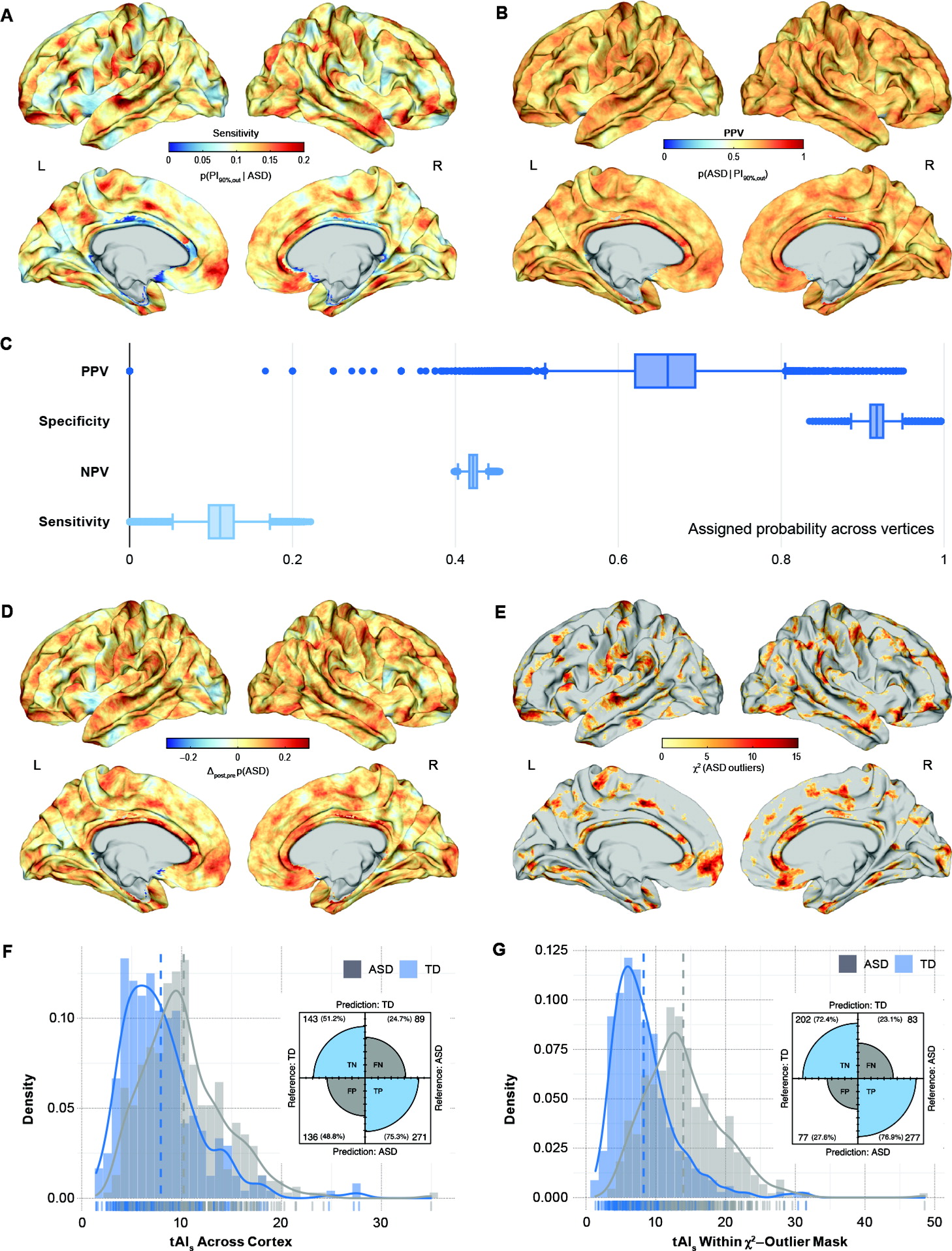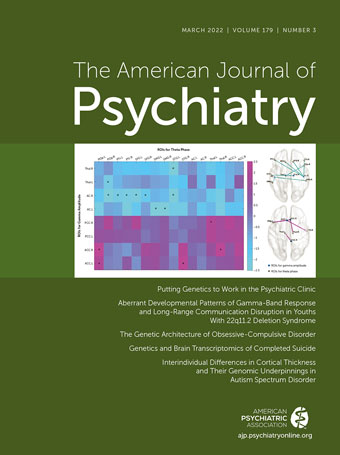Competing Interests
The authors gratefully acknowledge the contributions of the EU-AIMS LEAP Group: Jumana Ahmad, Sara Ambrosino, Bonnie Auyeung, Tobias Banaschewski, Simon Baron-Cohen, Sarah Baumeister, Christian F. Beckmann, Sven Bölte, Thomas Bourgeron, Carsten Bours, Michael Brammer, Daniel Brandeis, Claudia Brogna, Yvette de Bruijn, Jan K. Buitelaar, Bhismadev Chakrabarti, Tony Charman, Ineke Cornelissen, Daisy Crawley, Flavio Dell’Acqua, Guillaume Dumas, Sarah Durston, Christine Ecker, Jessica Faulkner, Vincent Frouin, Pilar Garcés, David Goyard, Lindsay Ham, Hannah Hayward, Joerg Hipp, Rosemary Holt, Mark H. Johnson, Emily J.H. Jones, Prantik Kundu, Meng-Chuan Lai, Xavier Liogier D’Ardhuy, Michael V. Lombardo, Eva Loth, David J. Lythgoe, René Mandl, Andre Marquand, Luke Mason, Maarten Mennes, Andreas Meyer-Lindenberg, Carolin Moessnang, Nico Mueller, Declan G.M. Murphy, Bethany Oakley, Laurence O’Dwyer, Marianne Oldehinkel, Bob Oranje, Gahan Pandina, Antonio M. Persico, Barbara Ruggeri, Amber Ruigrok, Jessica Sabet, Roberto Sacco, Antonia San José Cáceres, Emily Simonoff, Will Spooren, Julian Tillmann, Roberto Toro, Heike Tost, Jack Waldman, Steve C.R. Williams, Caroline Wooldridge, and Marcel P. Zwiers.
Competing Interests
Dr. Tillmann has served as a consultant for Hoffmann–La Roche. Dr. Banaschewski has served as an adviser or consultant for Actelion, ADHS Digital, Eli Lilly, Hexal Pharma, Infectopharm, Lundbeck, Medice, Neurim Pharmaceuticals, Novartis, Oberberg GmbH, Otsuka, Oxford Outcomes, PCM Scientific, Roche, Shire, Takeda, and Vifor Pharma; he has received conference support or speaking fees from Medice, Novartis, Shire, and Takeda; he has been involved in clinical trials conducted by Shire and Vifor Pharma; and he has received royalties from CIP Medien, Hogrefe, Kohlhammer, and Oxford University Press. Dr. Jones has received funding from Action Medical Research, EU Horizon 2020, the Innovative Medicines Initiative, the Medical Research Council (UK), MQ: Transforming Mental Health, and the Economic and Social Research Council. Dr. Bölte has served as an author, consultant, or lecturer for Ability Partner, Eli Lilly, Expo Medica, GLGroup, Kompetento, Medice, Prima Psychiatry, Prophase, Roche, Shire, and System Analytic, and he receives royalties for textbooks and diagnostic tools from Huber/Hogrefe, Kohlhammer, and UTB. Dr. Meyer-Lindenberg has served as a consultant for the Agence Nationale de la Recherche, the American Association for the Advancement of Science, Atheneum Partners, Blueprint Partnership, Boehringer Ingelheim, the Brain Mind Institute, BrainsWay, the Catania International Summer School of Neuroscience, Daimler und Benz Stiftung, Elsevier, the Fondation FondaMental, Janssen-Cilag, Hoffmann–La Roche, ICARE Schizophrenia, K.G. Jebsen Foundation, L.E.K. Consulting, The LOOP Zürich, Lundbeck A/S, Lundbeck International Neuroscience Foundation, MedinCell, Roche Pharma, Sage Therapeutics, Sumitomo Dainippon Pharma, Synapsis Foundation–Alzheimer Research Switzerland, System Analytics, Techspert.io, Thieme Verlag, and von Behring Röntgen Stiftung, and he has received speaking fees from BAG Psychiatrie Oberbayern, Biotest AG, Boehringer Ingelheim, Fama Public Relations, Forum Werkstatt Karlsruhe, Institut d’Investigacions Biomèdiques August Pi i Sunyer (IDIBAPS), the International Society of Psychiatric Genetics, Janssen-Cilag, Klinik für Psychiatrie und Psychotherapie, Klinikum Christophsbad, Göppingen, Lilly Deutschland, Lundbeck SAS France, Luzerner Psychiatrie, LVR Klinikum Düsseldorf, LWL Psychiatrie Verbund Westfalen-Lippe, Med Update GmbH, Merz-Stiftung, Otsuka Pharmaceuticals, Reunions i Ciencia S.L., Siemens Healthineers, Spanish Society of Psychiatry, Südwestrundfunk Fernsehen, Stern TV, and Vitos Klinikum Kurhessen. Dr. Baron-Cohen has served as an author, consultant, or lecturer for Ability Partner, Clarion Healthcare, Expo Medica, Eli Lilly, GLGroup, Kompetento, Medice, Prima Psychiatry, Prophase, Roche, Shire, and System Analytic; he receives royalties for textbooks and diagnostic tools from Huber/Hogrefe, Kohlhammer, and UTB. Dr. Spooren is an employee of F. Hoffmann–La Roche. Dr. Freitag receives royalties for books on autism spectrum disorder, ADHD, and major depressive disorder. Dr. Charman has received research grant support from the Medical Research Council (UK), the National Institute for Health Research, Horizon 2020 and the Innovative Medicines Initiative (European Commission), MQ, Autistica, FP7 (European Commission), the Charles Hawkins Fund, and the Waterloo Foundation; he has served as a consultant for F. Hoffmann–La Roche and Servier; and he has received royalties from Guilford Publications and Sage Publications. Dr. Beckmann is co-founder of SBGneuro. Dr. Buitelaar has served as a consultant, advisory board member, and/or speaker for Angelini, Janssen Cilag BV, Novartis, Medice, Roche, Servier, and Takeda/Shire. Dr. Murphy has received honoraria from Roche and Servier, and he has received grant support from the Medical Research Council (UK), the National Institute for Health Research, and Horizon 2020 and the Innovative Medicines Initiative (European Commission). The other authors report no financial relationships with commercial interests.






